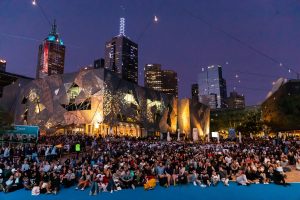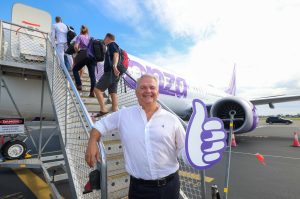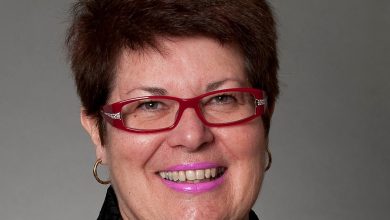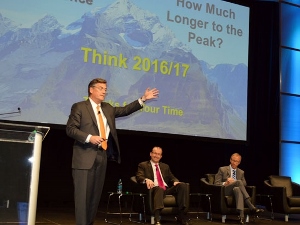
Is it game, set and match for the Australian hotel industry?
Exclusive: JLL’s Ross Beardsell and Vibhor Kalra crunched the latest numbers and believe the hotel industry is well-placed for a rally
For a city reluctant to return to the office, Melbourne residents are anything but reluctant to turn up for a large event.
Melbourne’s office occupancy rate lifted in November to 57 percent, but was still a long way behind Perth, where 88 percent of office workers were back at their desks, according to the latest Property Council of Australia statistics.
Our latest AccomNews print issue is available now. Read it HERE
In contrast, over 90,000 fans crammed into the MCG for a World Cup T20 game between India and Pakistan at the MCG, and the Australian Open attracted over 900,000 spectators – a Grand Slam attendance record – despite losing many of its headline stars.

The audience’s demographics may have changed from pre-COVID times, but it proved that Australians are prepared to attend big events, even at premium prices. That too was apparent with the sell-out crowds for Billy Joel and Elton John, as they rolled out the hits down the yellow brick road.
The only conclusion for hotel forecasters is that while corporate travel may take longer to return to 2019 levels, the events sector has the potential to maintain the high occupancies and ADRs that have been a feature of post-COVID city hotel performance.
Later this month, Melbourne hosts AIME, the largest meetings, conventions and events exhibition in Australia, and after three years of hibernation, the industry is reporting massive regeneration.
Companies and associations began to reschedule postponed events towards the end of 2022, and with economic indicators suggesting a cautious recovery ahead, the meetings and events sector has the potential to contribute significantly to hotel occupancies in 2023 and beyond.
Leisure travel will remain a massive driver of hotel demand in Melbourne in the immediate future.
Melbourne has given itself a competitive edge over Sydney by wooing new budget airline Bonza to Tullamarine as its second hub. Eight new services to regional centres will significantly boost visitor numbers to the city, with its low airfare promise likely to attract a different crowd to the Victorian capital for short breaks, sporting fixtures, shopping and events.

However, mixed signals remain on the international front.
China opened its doors to foreign travel again, but effectively not to Australia, with Covid testing requirements and a continuing ban on group travel meaning that Australian hotels are likely to have to do without most of the annual 1.4 million Chinese inbound market for the immediate future.
On a more positive note, thousands of Chinese and other foreign students are returning to Australia, which will both sow the seeds for a larger return of inbound travel and ease the front-line demand for hotel personnel.
A recent Tourism Accommodation Australia briefing revealed that as of mid-January 2023, 647,000 student visa holders had been granted, an increase of 34.6 per cent since June 30, 2022. Of these, more than 462,400 are in Australia.
During the same time, 196,000 working holiday visa holders had been approved – an increase of 104 percent since June 30, 2022 – with 118,400 in Australia.

And Australia will see its biggest inbound event in years later this month when a total crowd of 500,000 – including 78,000 international and interstate visitors – is expected to take part in the 17-day World Pride Festival in Sydney.
It may not be on the same scale as the Sydney Olympics in 2000, which attracted an estimated 300,000 visitors over two weeks, but it will inject some $600 million into the local economy, with hotels and hospitality the key winners.
Following that, the Women’s World Cup, being held across Australia and in New Zealand, will warm up hotel occupancies during the normally chilly winter trading period.
Destination NSW continues to curate a stellar schedule of events for 2023, which will assist in bolstering Sydney and NSW Hotel performance.
Domestic leisure travel has been in a sweet spot for the past two years. While inflation and interest rate rises might be capturing the headlines, this is significantly offset by the amount of disposable income in the population that resulted from the $200 billion stimulus funding during the COVID years. This has allowed large sections of the population to get ahead of repayment schedules and leave enough cash for events and local travel.
While current conditions may not add up to a complete ‘return to normal’ for city hotels, revenue managers should be able to breathe more easily. After all, the ‘bread and circuses’ tactic worked for Rome all those centuries ago, and a packed entertainment calendar can do much the same for Australian cities in 2023.

Ross Beardsell and Vibhor Kalra are leading hotel industry executives, working for JLL’s Hotels & Hospitality specialist advisory division
Read more about World Pride HERE






